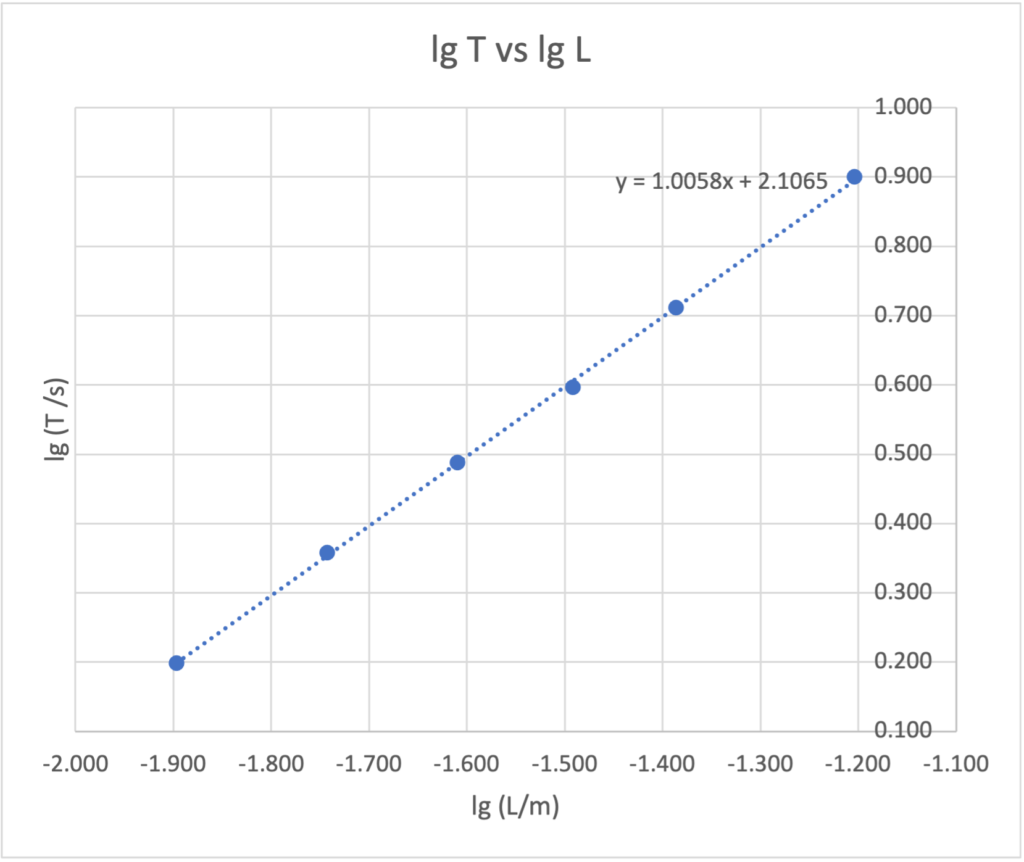This is a simple virtual experiment with a 3D view, allow teachers to explain the simple concepts of an oscillation experiment, such as which view is best to measure timing of the oscillation from.
To access this simulation directly via GeoGebra, go to : https://www.geogebra.org/m/d3yxgjfp
To embed it in SLS or other platforms, use the following code:
<iframe scrolling="no" title="Pendulum" src="https://www.geogebra.org/material/iframe/id/d3yxgjfp/width/640/height/480/border/888888/sfsb/true/smb/false/stb/false/stbh/false/ai/false/asb/false/sri/false/rc/false/ld/false/sdz/true/ctl/false" width="640px" height="480px" style="border:0px;"> </iframe>
